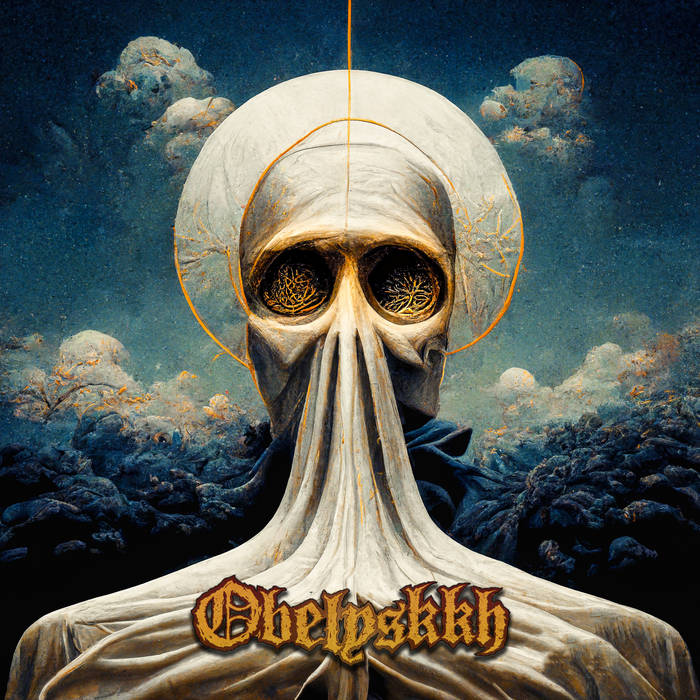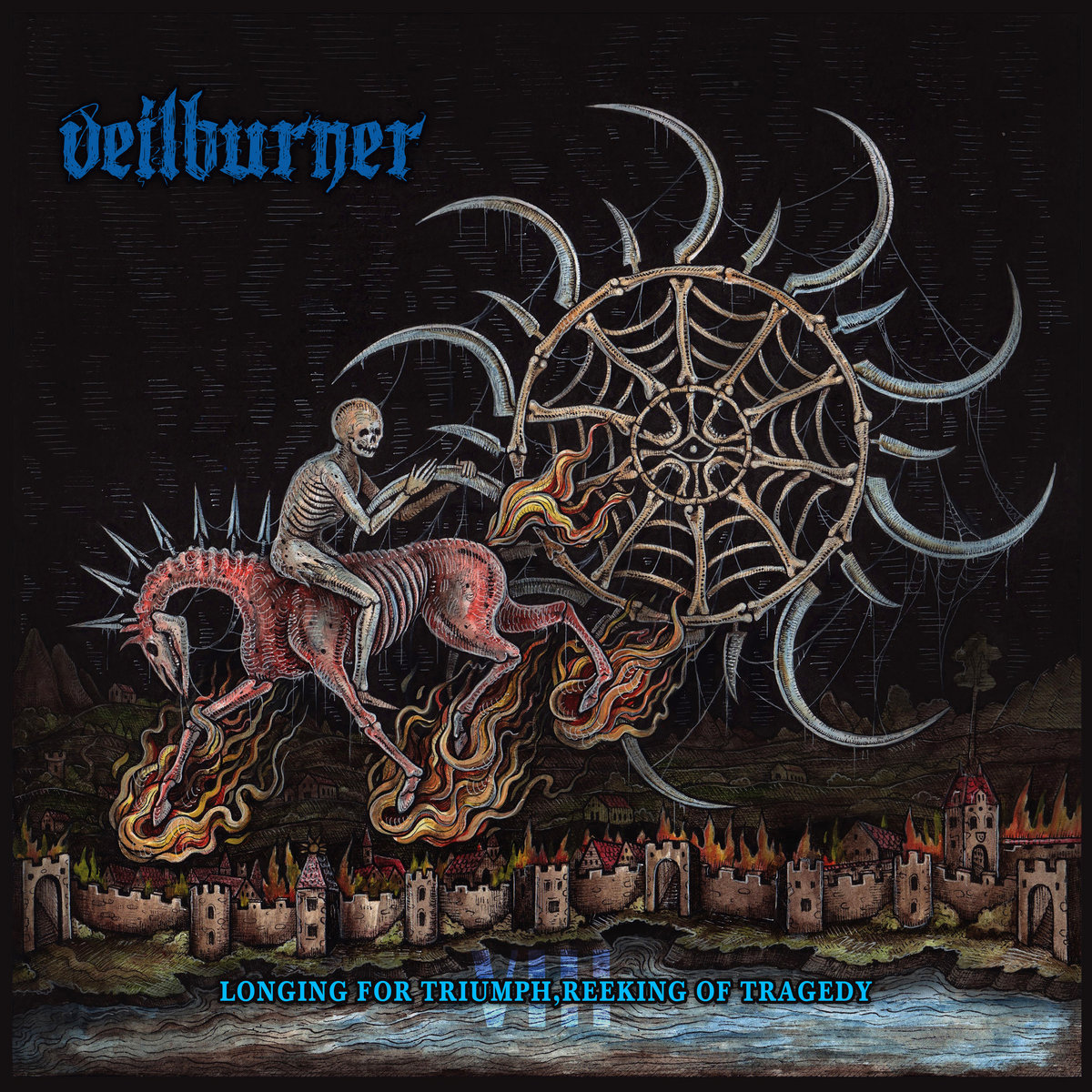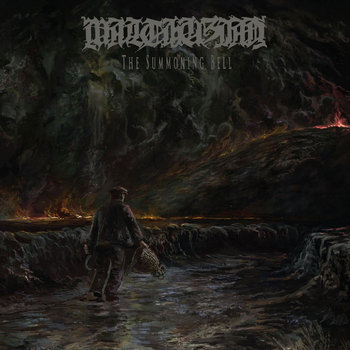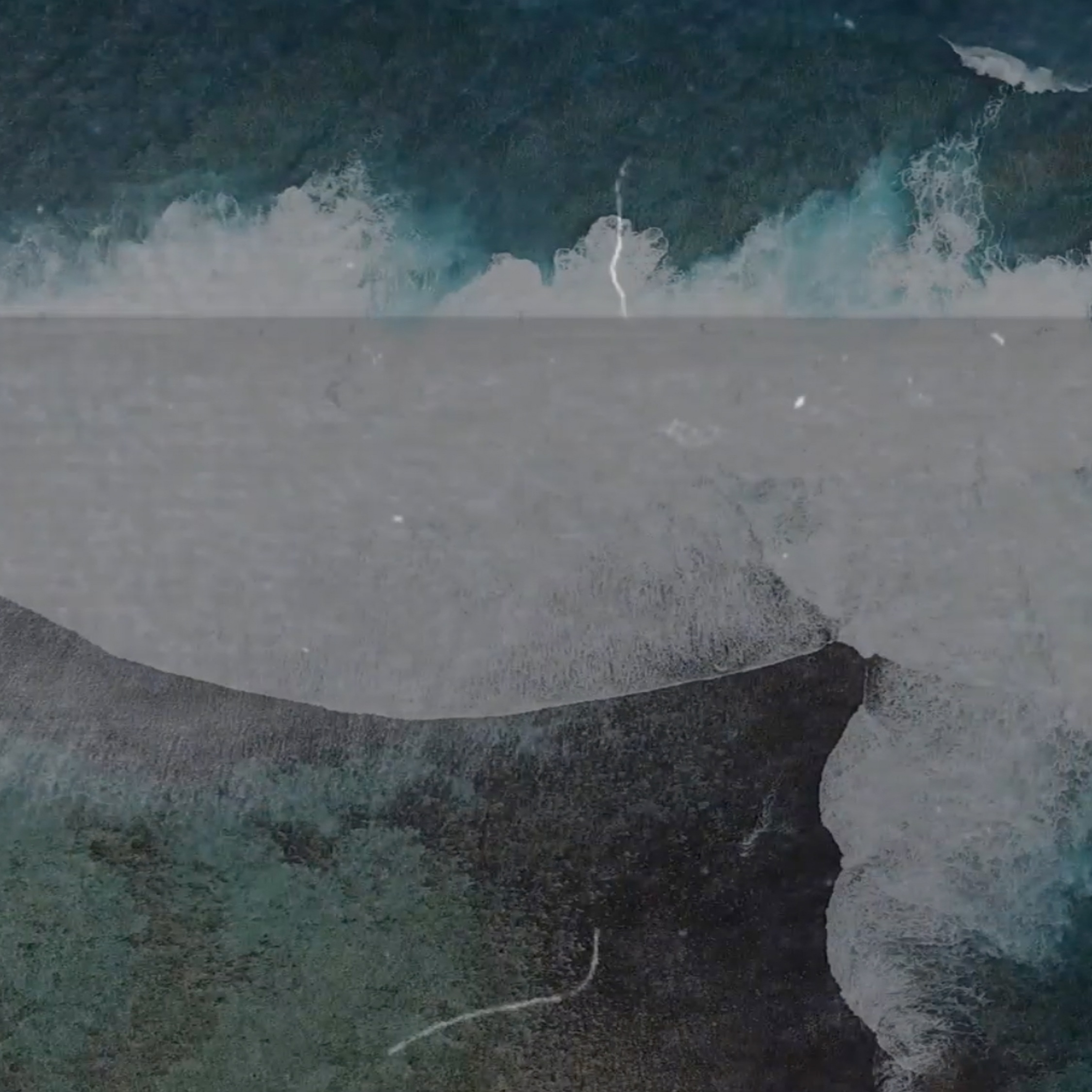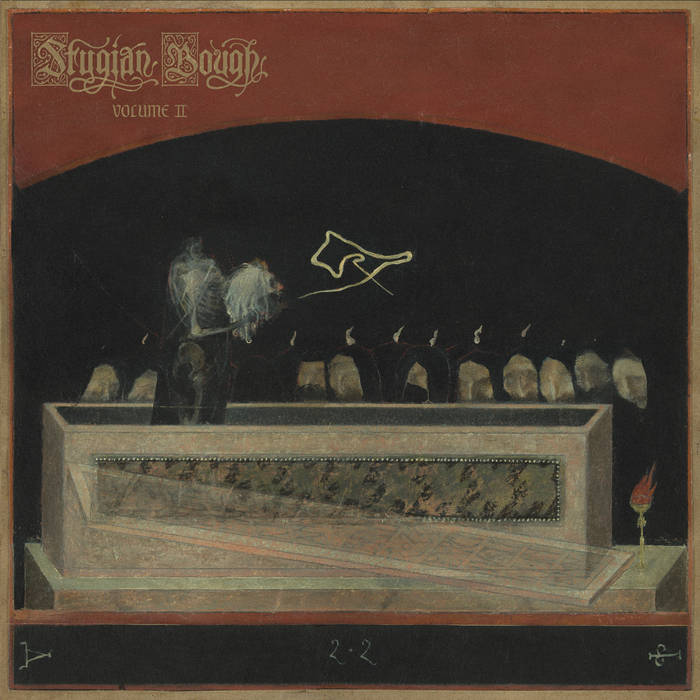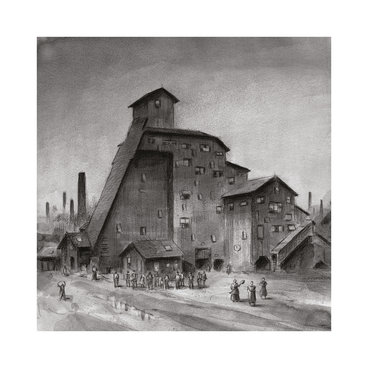This one-man band, founded and driven by the musician Balan, has been around since 2007. His debut release, the Black Metal album The Forgotten, was the first ever album to be released on The Flenser in 2009. Of course, this being Balan, there was more to it than mere Black Metal snd the same counts for this new release: there is more to it than just one distinct style. Had this not been in the hands of a master at making metal-related music it could easily have become a mess. It is not. It is a marvelous musical achievement.
Each song has extended parts of engaging melodic Death Metal or Progressive Metal with impressive riffing and solos. In every song, there is a kaleidoscope of interruptions. It makes you feel like you are at the carnival where you never know what will happen next. But no matter what happens it is always fun, sometimes a bit spine-chilling, but always engaging.
One example is the song ”When the Stones Come Tumbling Down” which starts at full throttle with riffs supporting the growling vocals until a change of pace with blast drums steps onto the scene. Abruptly, the song turns into a lighter mode and shortly after that the heavy part is back, but the vocal line has changed and is more commanding strong, and clean and then an organ appears in the mix giving everything a sense of calm cathedral music. This phase is repeated with high-pitched guitars until the music simmers down. It gives room to a saxophone interchanging with the guitars, and shortly after with synths. The heavy riffing musical themes return, but there are more in the mix; a choir and deep vocals at the base of it. The song ends with heavy trudging guitars while a synth spreads out embracing the music.
With each release, it seems like Balan has been shredding more and more of the coldness that is often resonating in Black Metal sonics and has embraced the warmer sound of Death Metal sometimes bordering on Progressive Metal. The latter one because of the virtuous way the guitars are played and intertwined with each other. ”Telepathic Crucifixion” opens with fast drumming and distorted guitars rumbling around supporting the vocals drifting into a part with heavy riffing and bursts of high pitched soundscapes. There is a pause with some guitar strumming and then an onslaught of riffs and a tremolo solo drive the music fast forward. While the growling voice lays out the lyrics, the guitars are swirling around it with loads of diverse string play. There is also very heavy riff alongside melodic patterns and the drums sometimes in blast mode. And, oh! The song begins with a couple of minutes of the beautiful sound of someone playing on a saw.
”Bizarre Blood and Exhumations” is a reminder of the immense and diverse drum work that appears on this album and how well it is immersed in the various modes the guitars take on; riffing, tremolos and heavy arpeggios. A fascinating section of this song is when two growling voices come from the sidelines and a clean voice is interrupting somewhere from the bottom. The growling vocals soar, sharing a chorus with the clean vocals and the music glides toward a fuzzy solo just to halt and be overtaken by a piano. Towards the end, there is a slow section that, after a while, is dominated by some blasting drums driving it forward with muffled distorted guitars supporting a far-and-away echoing solo to lead it to a growling end.
The use of the organ conjuring a sense of a cathedral calm returns on ”Rebirth of Nihil” where it is intermingled with the guitars both playing solo and riffing. The organ adds plenty to the musical textures and lifts it above the Death Metal sonics. This song also introduces female vocals at the start and towards the end. After a section with the organ being the only instrument, the female vocals take over leading to a glissading guitar solo over riffs and blast drums, slowly fading away to leave the open space to cavernous sound effects with bleak nihilistic static undercurrents.
On ”Cessation of the Heart” Balan uses his strong commanding vocals to steer the music forward. The song is really captivating - not only because of the ever-present guitar lines that both follow the vocals and the musical theme but also how the vocals change between strong and commanding growling and a bit of crooning. The album´s last song, ”Winterbird”, also has this virtuous use of vocals as it first has a deep bass voice turning slowly into growls as faster and heavier guitars are riffing and soloing it out. Throughout the song, the vocals shift between clean and deep bass lines in addition to the growls. At the end, the music halts and holds its breath with fast riffing, turning into heavily distorted sonics with growling vocals before the finale when the sonics slide into ice cold glistening dissonant sound effects to take us to the end.
Over the years, and with the previous release, Nicholas “Balan” Katich has included more musicians to collaborate. On this release, there are in fact more than ten collaborators, which makes creating an album sound the way this one does (as if it was released by one tight band) even more impressive. And at the same time, it is also a celebration of a band coming to an end after 16 years, as Balan has stated that this is the last outing from Palace of Worms. But probably not the last time we hear music from the visionary Nicholas Katich.


